When I stepped aboard a friend’s little motor cruiser, the first bit of kit I noticed was a rescue throw bag hanging at the ready from the wheelhouse overhead. It got me thinking about the usefulness of a dedicated rescue line and the fact that I didn’t have one. I’d assumed that with all the lines I have on board, including my heaving line with a monkey’s fist, whichever one I could lay my hands on could be used as a throw rope in an emergency. But what I might have handy might not float or be coiled in a manner that I could deploy quickly and throw accurately. The floating line contained in the bag has a 47′ reach. The bag, with the line packed into it, weighs less than 14 oz. Christopher Cunningham
Christopher Cunningham
Join The Conversation
We welcome your comments about this article. To include a photo with your remarks, click Choose File below the Comment box.

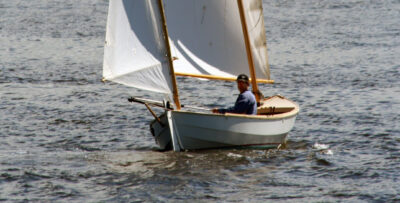




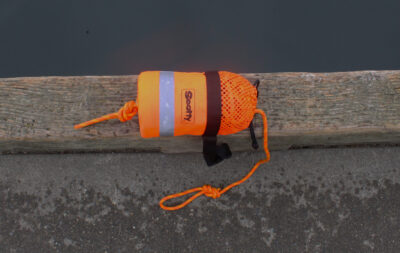
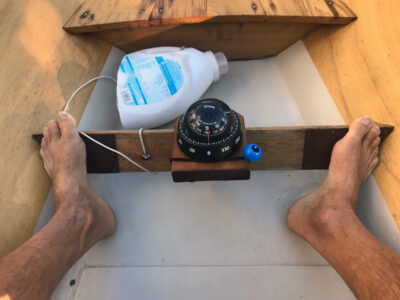

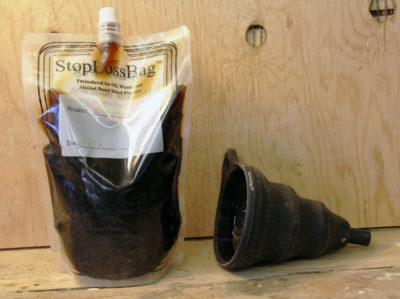

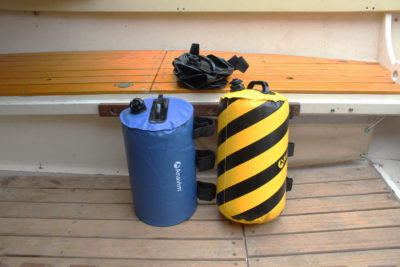
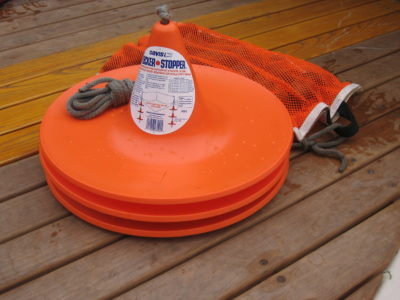
There are a lot of nice features with that bag, high-viz color for one and the foam disc another. And the concept of a throw bag is surprisingly effective, as I found out in a Walmart one day. Before I committed to a first time purchase, I wondered if the line would come out as easily as advertised…Boy did it! That bag sailed down the sporting goods aisle like an Olympian had thrown it, much to Skipper’s embarrassment.
We bought the bag, maybe it’s time to test it out again, as I’m not sure how years of being packed and not deployed will have affected its functionality.
Cheers!
Skipper and Clark
There are a number of brands of these that are available; check the whitewater community. I have one that was made for ice work, long and skinny spot on accurate. My old whitewater one is a pretty loose back and very flexible rope; not a DIY but very easy to make or adapt. The loose bags are easier and faster to restuff.
This safety tool is a legal requirement in small boats in Canada.
This gear, unlike a coiled line, seems like it could be easily thrown by an inexperienced crew with just a little bit of teaching.